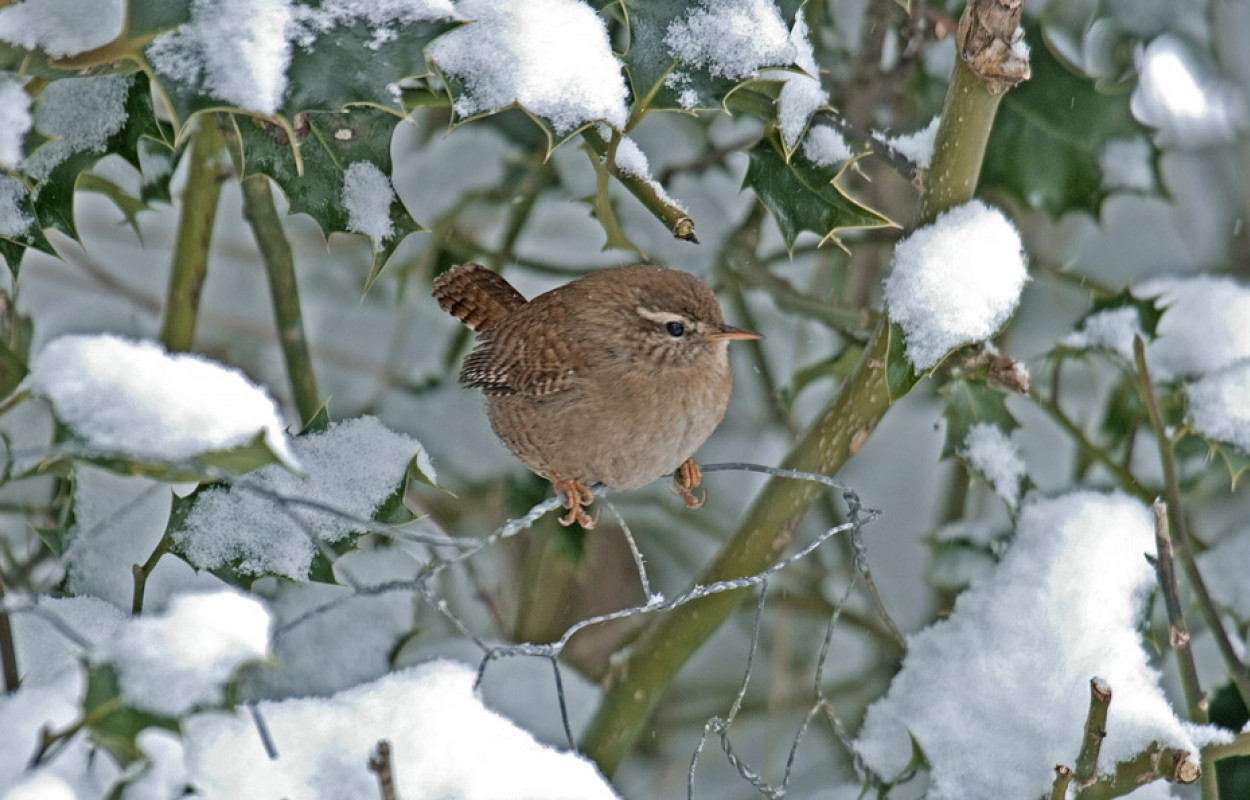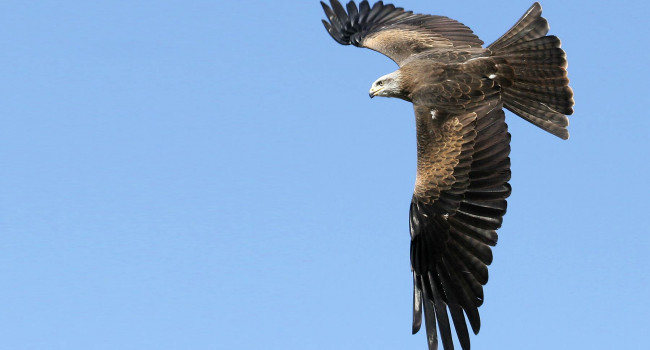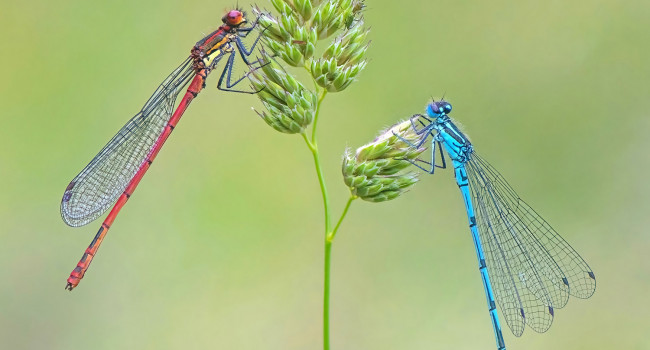Drivers of climate change impacts on bird communities

Author(s): Pearce-Higgins, J.W., Eglington, S.M., Martay, B. & Chamberlain, D.E.
Published: January 2015
Publisher: British Ecological Society
Journal: Journal of Animal Ecology Volume: 84 ( part 4 )
Digital Identifier No. (DOI): 10.1111/1365-2656.12364
While we have good evidence of climate change impacts on birds, there is still a lot to learn about the specific climatic drivers behind these observed changes. Data from long-running monitoring schemes can be used to determine how bird populations respond to temperature and rainfall changes.
The evidence for a changing climate
Evidence for the impact of climate change on species’ populations and ecological communities has been presented in an increasing number of scientific publications. For birds, whose populations have been well studied compared to other groups, there is a growing body of evidence which associates warming with the population declines seen in long-distance migrants and habitat specialists. Other work links warming with the establishment and range expansion of southerly-distributed species, and with homogenization in the structure of avian communities. While we have good evidence of climate change impacts, there is still a lot to learn about the specific climatic drivers behind these observed changes.
Looking for effects
Using data from the BTO Common Bird Census (CBC) and the BTO/JNCC/RSPB Breeding Bird Survey (BBS) for 59 species, BTO researchers – working with Dr Dan Chamberlain from the Università di Torino – tested the effects of monthly temperature and precipitation on the population trends of common and widespread bird species present within England. The work examined whether the responses to temperature and precipitation varied with respect to migration strategy, habitat specialization and thermal association.
The analyses looked at both immediate impacts – for example, the effects of low winter temperatures on bird populations the following spring – and those operating over a longer time period. The latter may reveal lag effects for particular climatic events; hot dry summers, for example, may limit the productivity of invertebrates living within soil, the effects of which may not be felt by the birds that feed on them until the following year.
Critical seasons
Overall, the analyses revealed three main periods of sensitivity across the year: the breeding season (particularly June), the winter (December to February) and the previous summer (July and August). Negative effects of cold winter weather on the population growth of resident and short-distance migrants were evident, the effects being stronger for residents than for short-distance migrants. Cold winter weather can impact the survival rates of birds, from small passerines, like Treecreeper and Wren, to waders, such as Lapwing and Golden Plover.
The positive effects of June breeding season temperatures are probably mediated through the increased abundance of invertebrate food, greater foraging time and reduced thermoregulatory requirements associated with warm weather. These were also most apparent in resident species. Interestingly, there was a strong negative effect of May temperature on the population trends of long-distance migrants, something that is consistent with the hypothesis that such species have failed to advance their arrival time to match the advance seen in the timing of peak abundance of their invertebrate prey – known as a phenological mismatch.
Longer-term impacts
The detrimental impacts of hot, dry summers (July/August) were evident but were found to operate with a lag, not influencing the bird populations until the following year. While this effect had been identified previously for some upland birds, to see its impacts more broadly reflected in this national scale analysis suggests summer drought may be a wider problem. The work also highlights the negative impacts of warming on habitat specialists and northerly distributed species associated with cold climates. Generalist species may be better equipped to cope with a changing climate and this may be one reason why we are seeing the development of less-diverse avian communities.
While this work has provided some novel insights, it is important to remember that climate change is not the only challenge that our bird communities face. Habitat change, much of which is linked to human activities, may also be important and we need to carry out more work in order to understand how these different drivers influence our bird populations and avian communities.








Share this page